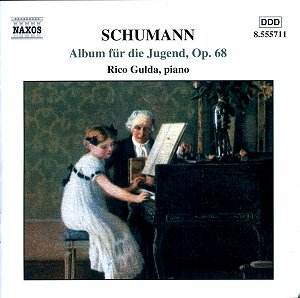 Composer: Ludwig van Beethoven
Composer: Ludwig van Beethoven
Works: Violin Sonata No.3 in E flat major, Op. 12, No.3; Violin Sonata No.5 in F major, Op. 24 (Spring); Violin Sonata No.9 in A major, Op. 47 (Kreutzer)
Performers: Adolf Busch (violin), Rudolf Serkin (piano)
Recording: 5th May 1931, London (tracks 1-3); 17th May 1933, London (tracks 4-7); 12th December 1941, New York (tracks 8-10)
Label: NAXOS
Beethoven’s violin sonatas, particularly those from his early and middle periods, reveal a progressive dialogue between the violin and piano, reflecting both the composer’s evolving style and the historical context of chamber music in the late 18th and early 19th centuries. The three featured sonatas by Beethoven—Op. 12 No. 3, Op. 24 (Spring), and Op. 47 (Kreutzer)—serve as a remarkable canvas for the dynamic partnership of Adolf Busch and Rudolf Serkin. Their collaboration, so pivotal in the 20th century, transcends mere performance to embody the very essence of chamber music, where each instrument converses with the other, rather than merely coexists.
Busch and Serkin’s interpretation of these works is marked by an invigorating balance that showcases not only their technical proficiency but also their profound musical empathy. Busch, a direct disciple of Joseph Joachim, imbues his playing with a rich tonal palette and an instinctive understanding of Beethoven’s lyrical lines. In the Adagio con molta espressione of Sonata No. 3, Busch’s phrasing is deeply expressive, each note lingering with an emotional weight that is both poignant and reflective. The clarity of his sound, enhanced by a slight edge, allows even the most delicate passages to resonate with a kind of strength that feels both intimate and robust.
Serkin’s role, often overshadowed in discussions of this duo, emerges with equal importance. His accompaniment is not merely supportive; rather, he engages with Busch in a remarkable interplay that is particularly evident in the Scherzo of the Spring Sonata. Here, Serkin’s rhythmic precision and nuanced dynamic control create a vibrant tapestry that complements Busch’s soaring melodies. The playful dialogue between the piano and violin mirrors the conversational style Beethoven sought, making each moment feel spontaneous and alive. The Rondo of Sonata No. 3 further exemplifies this synergy, where the vigorous exchanges between the performers breathe a kind of spirited exuberance into the work.
The recording itself, transferred from the original 78s by Mark Obert-Thorn, captures the historical essence of this collaboration while allowing the natural character of the performances to shine through. Obert-Thorn’s “moderate intervention” ensures that the intrinsic qualities of the analogue recordings are preserved, offering listeners an authentic experience of the early 20th-century sound world. The clarity of the audio is commendable, with each instrument occupying its own space without sacrificing the rich blend that characterizes the duo’s interaction. The recording quality, while reflective of its time, stands up remarkably well against modern standards, allowing contemporary listeners to appreciate the subtleties of Busch’s articulation and Serkin’s harmonic richness.
Busch and Serkin’s interpretations of these Beethoven sonatas not only stand as historical artifacts but also resonate with a timeless vitality. Their ability to embody the spirit of Beethoven’s music, while forging a partnership that feels both intuitive and deeply considered, positions this recording as essential listening. The interplay between the two musicians is nothing short of extraordinary, showcasing a musical dialogue that is rich, nuanced, and deeply satisfying. This release is indeed an outstanding testament to the enduring legacy of both Busch and Serkin, and it remains a vital part of the canon of recorded chamber music.



